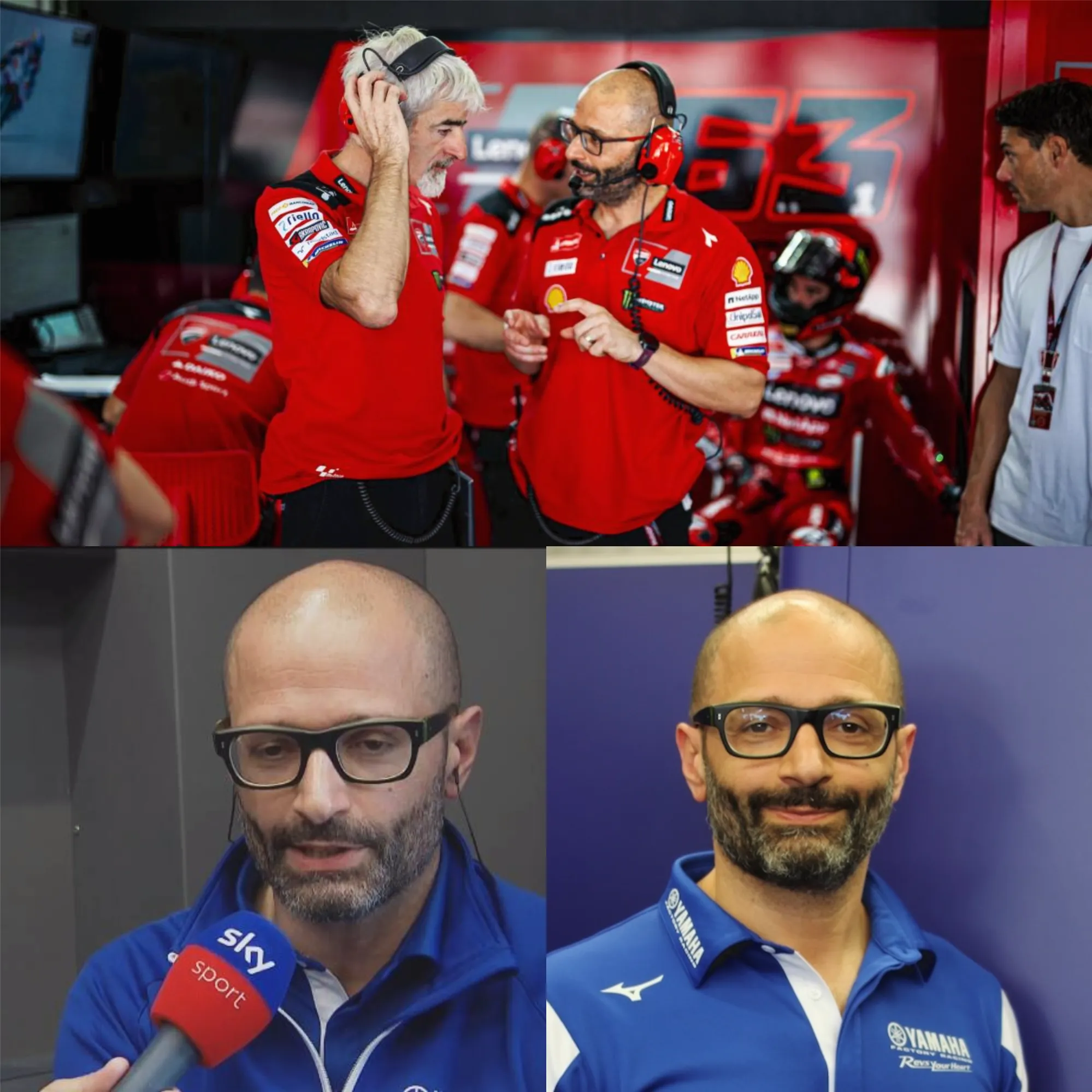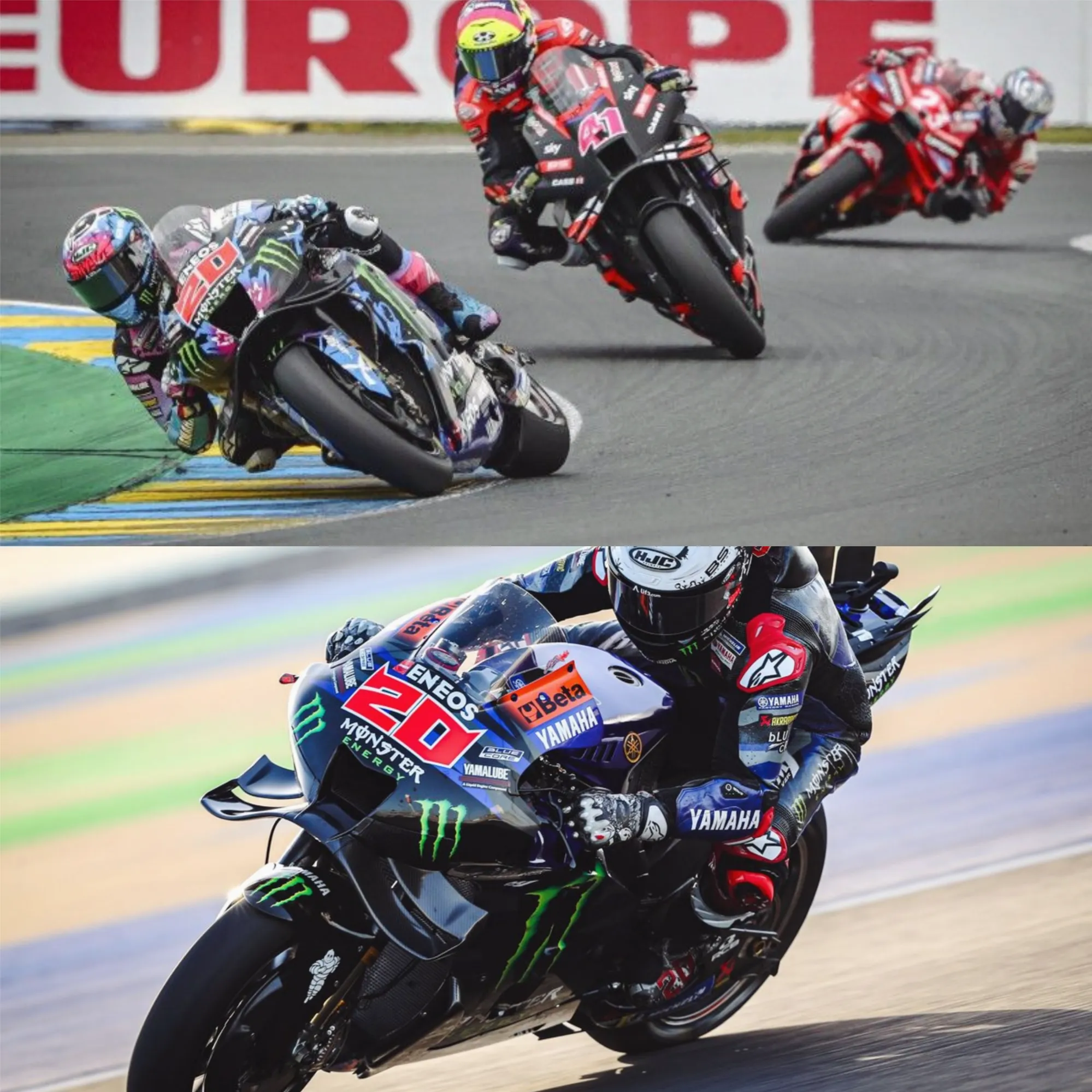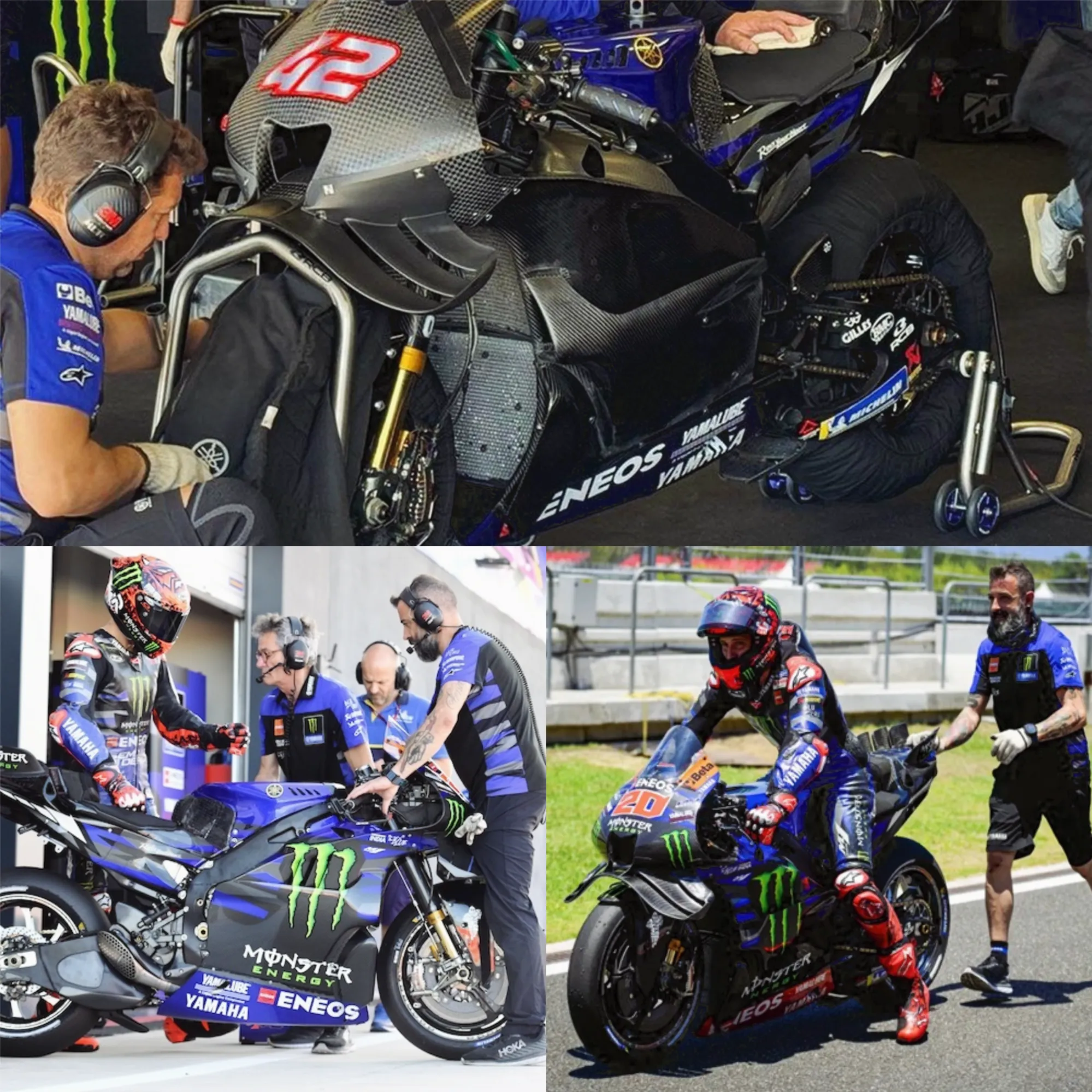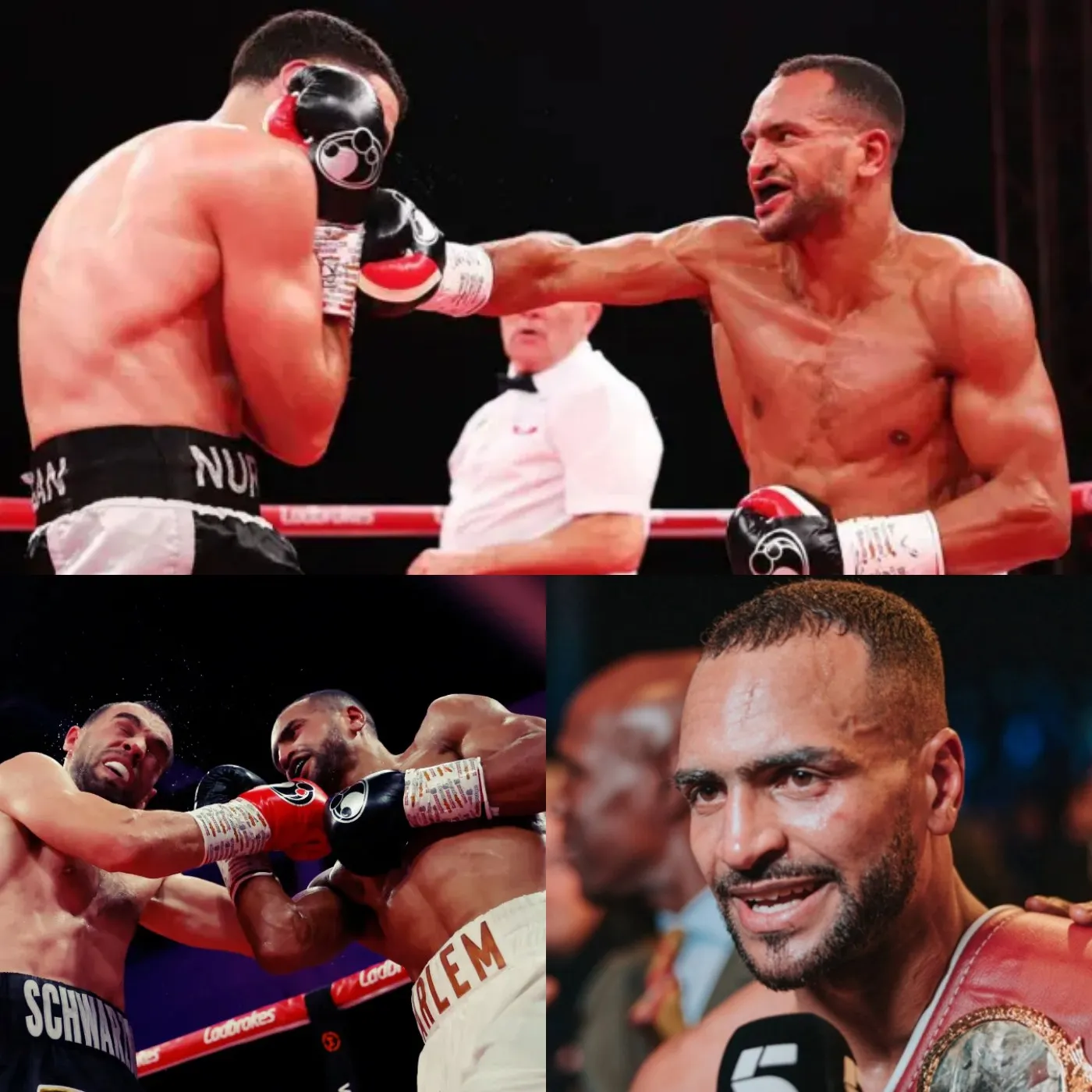“Aero Eats Horsepower!” – Max Bartolini Shares Exclusive Insights
Max Bartolini, Monster Yamaha’s Technical Director, has provided a fascinating breakdown of the intricate relationship between aerodynamics, engine power, and engine characteristics—an equation Yamaha must master to bring their M1 back to MotoGP glory. This balancing act between top speed, smooth power delivery, and aerodynamic efficiency has been Yamaha’s primary challenge in recent years. Yamaha’s […]

Max Bartolini, Monster Yamaha’s Technical Director, has provided a fascinating breakdown of the intricate relationship between aerodynamics, engine power, and engine characteristics—an equation Yamaha must master to bring their M1 back to MotoGP glory. This balancing act between top speed, smooth power delivery, and aerodynamic efficiency has been Yamaha’s primary challenge in recent years.
Yamaha’s Struggles with Power and Reliability
Despite clinching the championship in 2021 with Fabio Quartararo, Yamaha has struggled with straight-line speed compared to its rivals. Quartararo’s issues with overtaking due to a lack of top speed became glaringly evident, even as he remained competitive.
The situation worsened in 2022 when Yamaha shelved plans for a power upgrade, prioritizing reliability over raw performance. Lin Jarvis, Yamaha’s team director, explained:
“We were busy developing the ’22 engine with a different level of horsepower. Ultimately, if you cannot guarantee 100% reliability, you have to hold back. We chose a conservative performance level to maintain reliability.”
This conservative approach, however, led to Yamaha’s first winless season in 2022 and an even more disappointing 2023 season, where they failed to secure a single podium.

A New Partnership with Marmorini
In the aftermath of their 2022 struggles, Yamaha enlisted the expertise of Luca Marmorini, a former engine designer for Ferrari and Toyota in Formula 1. Jarvis humorously captured their hopes for the collaboration:
“Please, give me power!”
While Marmorini’s influence didn’t yield overnight results, Yamaha’s M1 began to climb the top-speed rankings. Fabio Quartararo’s performance at the Sepang test demonstrated the improvements, with his Yamaha reaching a top speed just 2.1 km/h behind Francesco Bagnaia’s Ducati and 3.1 km/h off Brad Binder’s KTM.
However, speed alone didn’t translate to competitive lap times. Despite his impressive speed at Sepang, Quartararo ranked only 11th in lap time. At Mugello, MotoGP’s fastest circuit, Quartararo reached the third-highest top speed but finished a dismal 18th.
Balancing Speed, Aerodynamics, and Handling
As Max Bartolini explains, top speed isn’t everything. Yamaha’s current challenge lies in regaining the smooth engine characteristics that once allowed them to excel in corner exits while improving their aerodynamics.
“The Yamaha was quite fast [in top speed] earlier this season, but we also developed aerodynamics—and aerodynamics consume horsepower!”.
He elaborated on the trade-off between power and aerodynamics:
“If you have power, you can use aerodynamics. But if you don’t have enough power, you can’t exploit much aero. Even the most efficient aerodynamics still create drag. As we improved the bike’s handling and cornering speed through aero advancements, we inevitably consumed some of the engine’s power.”
Bartolini also noted that Yamaha adjusted the M1’s engine characteristics to suit Quartararo’s preferences, improving his control over the bike. This rebalancing has helped Quartararo achieve more consistent results, even if it has slightly reduced Yamaha’s straight-line speed.

Recent Improvements and Future Prospects
Yamaha’s adjustments seem to be paying off in terms of overall performance. In the Malaysian Grand Prix, Quartararo secured a solid sixth-place finish, despite ranking 19th on the top-speed chart. This suggests that Yamaha’s focus on handling and cornering speed is beginning to yield results.
Veteran test rider Cal Crutchlow has emphasized that top speed isn’t the ultimate measure of performance. Yamaha’s success will depend on harmonizing power, aerodynamics, and handling to compete against rivals like Ducati and KTM.
The Path Forward
As Yamaha continues to refine their M1, the team remains optimistic about regaining competitiveness. The integration of Marmorini’s engine expertise and Bartolini’s aerodynamic advancements provides hope for a brighter future.
Ultimately, achieving MotoGP success requires more than raw speed—it’s about mastering the delicate interplay of power, aerodynamics, and rider preference. For Yamaha, this remains a work in progress, but recent signs suggest that they are moving in the right direction.

































